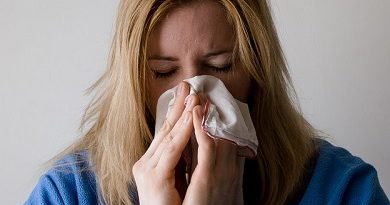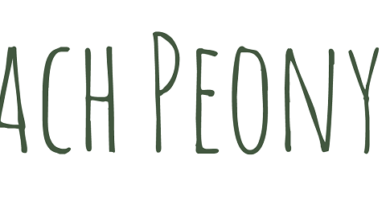Got Your Tattoo Removed? Here’s What You Need To Do Next
So you got a tattoo when you were drunk, or back in college when you were in a different frame of mind and you’ve come to regret it. Or, perhaps the tattoo was done poorly, or you’re simply tired of seeing it. Whatever the reason may be, just know that it happens all the time.
Tattoo removals are one of the most common laser treatment services in the world, and every year more and more people get their tattoos removed.
After your tattoo has been removed, you will experience discoloration of the removal site, bruising, swelling, scabbing, and bruising. The technician will likely give you aftercare instructions to prevent infection and ensure the best results. This serves to reinforce what you have been told.
First 3 days
After treatment, you will be advised to avoid applying any lotions or cream to the area. Instead, use a thin layer of healing antibiotic ointment and bandage the area. Be sure to keep the area clean and change the bandage regularly. You may use a cold compress for inflammation or swelling, or over-the-counter medication
During this time, the area will start to blister, and scabs will form. This is completely normal, so don’t be alarmed. Do not try to pick at these scabs or pop the blisters since it will only delay the healing process and increase your risk of infection.
Try to keep the area as cool and as dry as possible. You are permitted to shower but avoid high water pressure or hot water. Avoid baths, hot tubs, and pools which can increase your risk of infection. Do not shave or attempt any form of hair removal.
Avoid exercising during this time until the area scabs over. Remember to keep your body hydrated since this helps to keep the immune system strong and prevents infection. Drinking alcohol and smoking will slow down the healing process.
Week 1 to 2
After three days, you can remove your bandage, but try to keep the areas as clean as possible. Instead of using lotions or oils, use a moisturizing ointment or cream that contains Vitamin E and promotes healing such as hydrocortisone, Vaseline, or Aquaphor.
Try to avoid sun exposure as much as possible, and when outside, wear a small amount of sunblock. If you have a sunburn, you may have to postpone your follow up tattoo removal session until the area has healed. This will slow down the entire process and it will take even longer to achieve good results.
You may resume exercise since this will increase blood flow to the area and help the ink particles in the skin break down faster.
After about a week or two, the area will start to recover. If you notice any discharge, redness, or pain around the removal site, contact the technician or your doctor.
What’s next
In about 4 weeks, the area should be fully or nearly healed, but it can take up to 8 weeks. After sufficient time has passed, book another appointment to continue the removal process. Most tattoo removals in Chicago require as much as 5 or even 10 sessions for perfect results.




